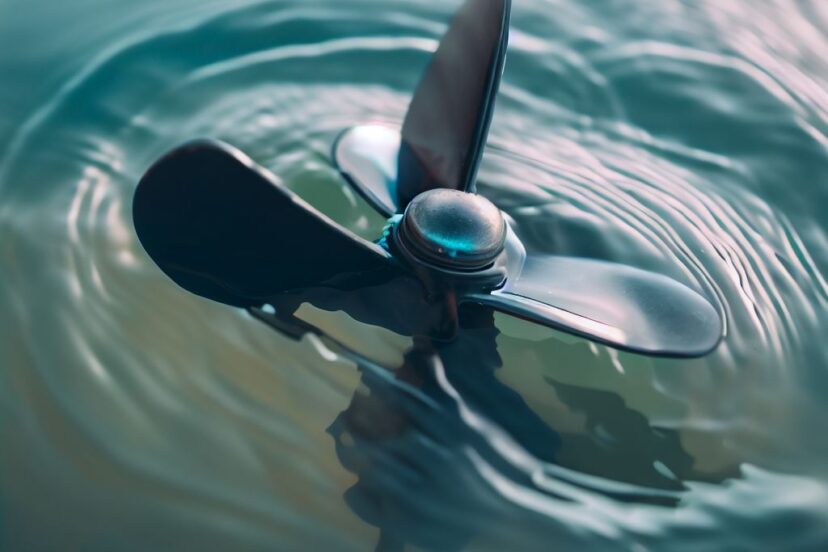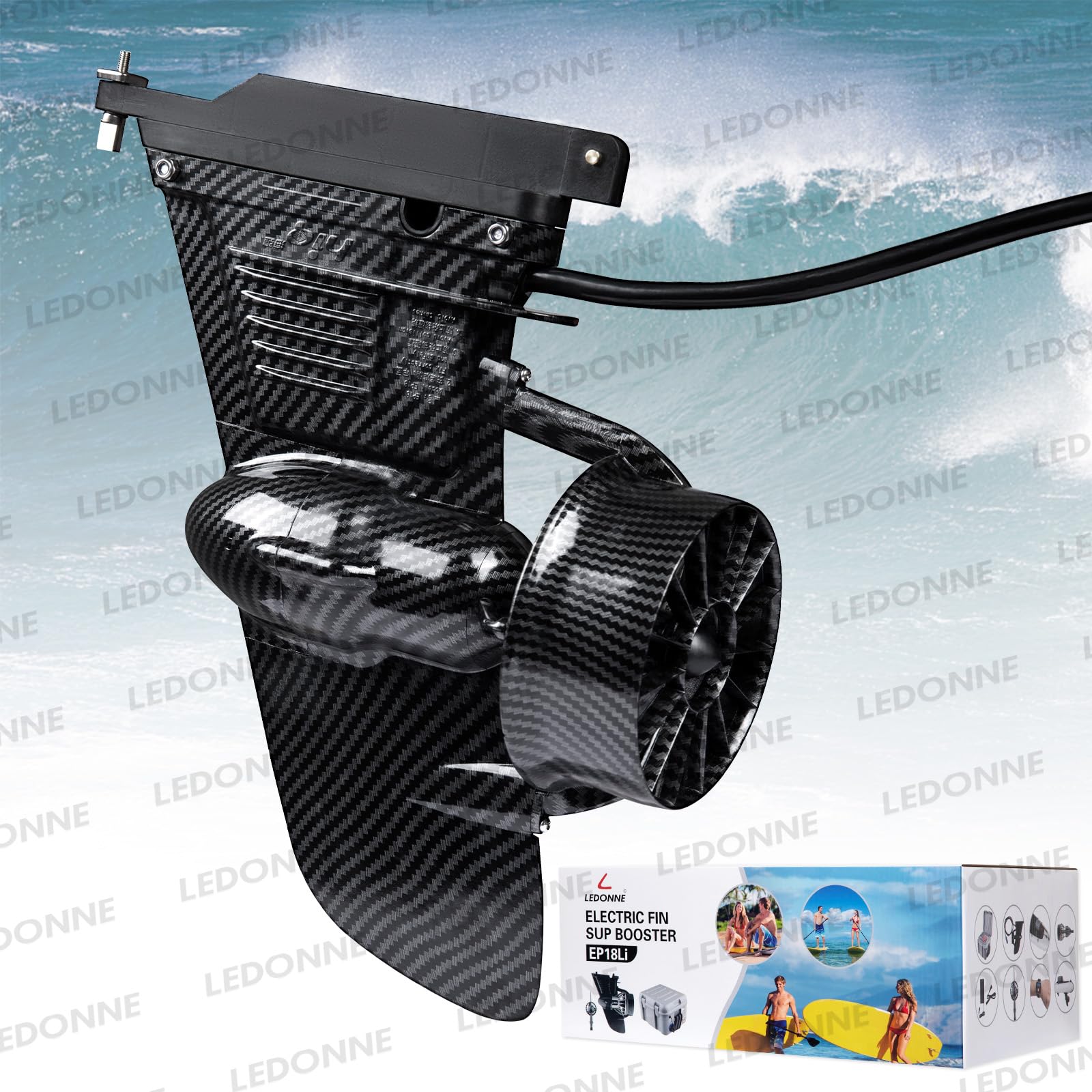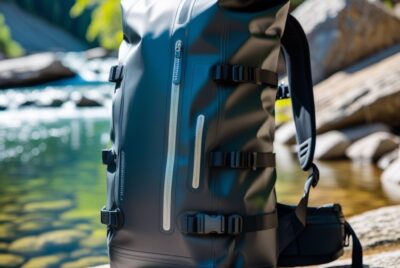Paddle Board Motor: The New Wave of Adventure
*We may earn a commission for purchases made using our links. Please see our disclosure to learn more.
Paddle Board Motor: Enhance Your Water Adventures
Adding a Paddle Board Motor when Paddle boarding is a great way to enjoy the water and get some exercise. It offers a peaceful experience, letting you glide across lakes, rivers, and even calm ocean bays. Recently, more paddle board enthusiasts have started to add motors to their boards. This can make longer trips easier and allows you to explore more without getting too tired.
Paddle board motors come in different types, including electric and gas-powered options. They attach to your board and give you the power to move quickly over the water. Electric motors are popular because they are quiet and don’t produce harmful emissions. Gas motors, on the other hand, offer more power and can run for longer periods without needing a recharge.
When choosing a paddle board motor, there are a few critical things to consider. You’ll want to think about the weight of the motor, as a heavy one can affect the balance of your board. Battery life is crucial for electric motors, ensuring you have enough power to get back to shore. Also, check how easy it is to install and remove the motor, as you may want to switch between motorized and manual paddling.
I spent extensive time researching and testing various paddle board motors to find the best options for ease of use and effectiveness.
Top Paddle Board Motors
I’ve gathered the best paddle board motors available. These options combine power, efficiency, and ease of use.
Crew & Axel Paddle Board Motor
A versatile and fun addition to any paddle board that offers both power and flexibility.
Pros
- Easy to attach to paddle boards
- Wireless remote control
- Powerful battery life
Cons
- Issues with remote pairing
- Limited 30-minute high-speed battery life
- Customer support can be lacking
Using the Crew & Axel Paddle Board Motor has been a game changer. The first thing I noticed was how easy it was to attach to my paddle board. The brackets fit well, making set-up a breeze. Once in the water, the wireless remote control made adjusting speeds simple and hassle-free.
The powerful battery allowed me to enjoy about 30 minutes of high-speed action, perfect for quick adventures. It also doubles as a stand-alone underwater scooter, adding to its versatility. This flexibility makes it a fun gadget for family outings.
On the downside, the remote sometimes had trouble pairing with the motor. This was frustrating and interrupted the fun. Also, while the battery life was decent, it felt a bit short for longer trips. Reaching out to customer support turned out to be less helpful than expected, which is something to consider.
Boost Fin – Electric Motor
A fantastic addition to any paddleboarding or kayaking adventure due to its ease of installation and performance.
Pros
- Quick and simple installation
- Multiple modes for varied use
- Lightweight and durable
Cons
- Limited battery life in higher settings
- Can be tricky to lock on some boards
- Not the cheapest option available
I recently tried out the Boost Fin and was quite impressed with its performance. It only took me a few minutes to set it up, and I appreciated how compatible it was with different boards. The install process felt seamless, and soon I was out on the water, enjoying the extra boost.
Using the Boost Fin made paddling noticeably easier. The different modes were really handy, depending on whether I was cruising or trying to combat currents. Its lightweight design meant it didn’t feel cumbersome on my paddleboard, yet it packed enough power to make a notable difference in speed and maneuverability.
One downside I noticed was the battery life, especially when using higher settings. It didn’t last as long as I’d hoped, but for shorter sessions, it was adequate. Also, figuring out how to lock the fin initially was a bit of a puzzle, though not a dealbreaker. Overall, it’s a solid piece of equipment that’s worth considering if you’re looking to add some power to your water adventures.
Waydoo Subnado for SUP
A must-have for paddlers seeking an easy way to enhance their paddle board experience.
Pros
- Lightweight and portable
- Easy to install
- Efficient battery system
Cons
- Limited power on low speed
- Slightly pricey
- Stickers could be stronger
The Waydoo Subnado Underwater Scooter is a game changer for paddle board enthusiasts. This compact device, about the size of a soda bottle, is incredibly light at just 3 pounds. I found it easy to carry in my luggage, perfect for trips. You might want to check airline rules before flying with it, though.
Setting it up was a breeze. The included thumb controller and mounting brackets were easy to attach to my paddle board. After letting the stickers set for about half an hour, it felt sturdy. With its 3-speed modes, I had fun experimenting and found it great for leisurely cruising.
One thing I noticed was its efficiency. The battery charges quickly in just over an hour and lasts up to 56 minutes. I liked the reverse charging feature too. It gave me a smooth ride through the water, but the low speed could be underwhelming. Still, it’s an exciting addition for anyone looking to enjoy their time on the water.
CuttleJet Mini Paddle Board Motor
This compact motor is a game-changer for adding some serious fun and speed to your paddle boarding experience.
Pros
- Easy to attach to any board
- Long-lasting battery for extended use
- Lightweight and portable
Cons
- Battery not included
- Remote control can be finicky
- Initial setup takes time
Using the CuttleJet Mini was a blast. I easily attached it to my paddle board and was pleasantly surprised by how light and portable it felt; it didn’t add much weight to my board at all. The motor provided a noticeable boost, making paddling upstream or against the wind much easier.
Even though the battery isn’t included, the spacious battery box can hold enough juice for over 8 hours of fun. I could zip around at up to 4mph, which made my paddleboarding sessions more exciting. The wireless remote, while a bit tricky at times, adds convenience by letting me control the motor right from my wrist.
Setting it up for the first time did take a bit of effort, involving some drilling and wrenching, but once it was in place, it stayed secure. Despite the small hiccup with the remote, the performance and convenience of the CuttleJet Mini make it a worthwhile addition to any paddle board.
ApisQueen Paddle Board Motor
This motor is a good choice for those who want an easy-to-use and reliable paddle board motor.
Pros
- Simple installation
- Multiple protection features
- Ready-to-use remote control
Cons
- Not suitable for strong currents
- Remote control not waterproof
- Limited customer reviews
I recently tried out the ApisQueen Paddle Board Motor and found the setup process to be quite straightforward. The motor comes with all necessary components, and I had it running in no time. The integration of the ESC and the remote receiver inside the waterproof case really simplified everything.
The motor’s multiple protection features gave me peace of mind while using it. It has low voltage, high voltage, over temperature, and over current protections. This made me feel secure, knowing that the motor is safeguarded against potential issues.
Although the motor performed well in calm waters, it struggled with stronger currents. This is something to consider if you plan to use it in more challenging conditions. Also, the remote control isn’t waterproof, which could be a drawback if you tend to get your gear wet frequently.
Having only two customer reviews so far does make it hard to judge the general reliability, but my personal experience was largely positive.
LEDONNE Electric Fin for SUP 24V
A solid choice for anyone looking to extend their paddleboarding adventures with ease.
Pros
- Easy to install
- Long-lasting battery
- Versatile compatibility with various boards
Cons
- Heavier than some fins
- Pricey
- Limited to paddleboards and certain kayaks
Using the LEDONNE Electric Fin was a game-changer for my paddleboarding experience. It was easy to install and fit my standard fin box perfectly. The fin works with both my inflatable and regular SUPs, making it very versatile.
The battery life impressed me; I could paddle for up to 5 hours at normal speed. At full speed, I still got a solid 2 hours. Charging was quick, taking about 4 hours to get back to full power.
I did notice its weight, which is around 6 kg. It’s heftier than traditional fins, but the extended travel distance it offers is worth it. The price is on the higher side, yet the benefits it provides in terms of ease and distance make it a valuable investment. Overall, the LEDONNE Electric Fin transforms paddleboarding into a more effortless and enjoyable activity.
ZRAY AQUAJET
A decent motor for paddleboards, but caution is advised due to pairing issues.
Pros
- Easy to install
- Wireless control via Bluetooth watch
- Multiple speed settings
Cons
- Pairing issues with control watch
- Limited customer service support
- Compatibility concerns with some boards
The ZRAY AQUAJET motor that I tried on my paddleboard was easy to install, sliding right into the center fin mount. The wireless Bluetooth control watch made the experience hands-free, which was nice. The speed settings were versatile, allowing me to cruise at nearly 5 MPH or take it easy with lower speeds.
Despite its conveniences, getting the watch and the motor to pair was frustrating. I tried several times with little success, which was disappointing. When I reached out to customer service, responses were slow, and the issue remained unresolved.
The motor’s compatibility also caused me some trouble. It didn’t fit my paddleboard without an additional adapter. If your board uses a snap-in fin with a screw, make sure you have the right adapter before purchasing.
In conclusion, while the ZRAY AQUAJET link offers some great features, these pairing and compatibility issues are worth considering.
Buying Guide
When looking for a paddle board motor, there are several important features to consider.
Motor Type
There are two main types: electric and gas-powered. Electric motors are quieter and more environmentally friendly. Gas-powered motors tend to be more powerful but can be louder and require more maintenance.
Battery Life
The battery life of an electric motor is crucial. Look for a battery that lasts at least two hours on a full charge. Check how long it takes to recharge the battery. A recharge time under four hours is ideal.
Weight
The motor’s weight can affect how easy it is to transport and attach to your paddle board. Lighter motors are more portable. Look for motors that weigh under 15 pounds for better ease of use.
Speed and Power
Consider the top speed and power. A motor should offer a reasonable speed for cruising and enough power to handle different water conditions. Look for a motor with a top speed of 3-5 mph.
Mounting and Compatibility
Ensure the motor is compatible with your paddle board. Some motors come with universal mounts, while others are specific to certain boards. Check the mounting system to make sure it will fit securely.
Price
Costs can vary widely. Set a budget and find a motor within that range. Keep in mind that more expensive models often offer better features and durability.
Customer Reviews
Read customer reviews to get an idea of real-world performance and reliability. Pay attention to both positive and negative feedback to get a balanced view.
Use this guide to help choose the best paddle board motor.
Frequently Asked Questions
Attaching a motor to a paddle board can be tricky, but it offers many benefits like increased speed and less physical effort. Choosing the right motor and kit for your board is very important.
1. How do you attach a motor to a paddle board?
To attach a motor, you usually need a mounting plate and some screws. Many kits come with these parts. Just follow the instructions that come with the kit. Make sure everything is tight and secure before you start using the motor.
2. What are the benefits of using a motor on an inflatable paddle board?
Using a motor on an inflatable paddle board lets you go faster and travel farther. You don’t have to paddle as much, which can be less tiring. This is useful for long trips or if you have physical limitations.
3. What should be considered when choosing a motor for a stand-up paddle board?
When choosing a motor, look at the weight, battery life, and thrust power. Make sure the motor is not too heavy for your board. Check how long the battery lasts and how much power the motor provides. Also, consider if the motor is easy to install and remove.
4. Are there specific types of motors that are compatible with inflatable paddle boards?
Electric trolling motors are usually the best option. They are lighter and easier to handle. Make sure the motor you pick is specifically designed for small watercraft like paddle boards. Always check compatibility with your specific board model.
5. How does adding a motor to a paddle board affect its performance and stability?
Adding a motor can change how the board handles on the water. It may become a bit heavier and less nimble. Some boards might wobble more with a motor, but most paddle boards are designed to be stable. Always test your board in shallow water before heading out on bigger trips.











